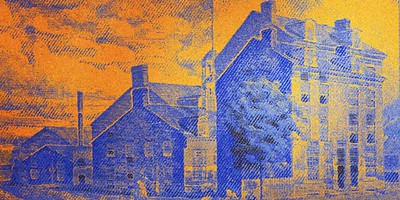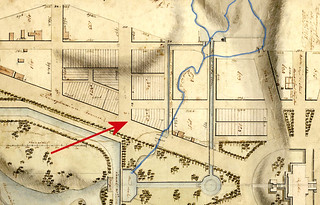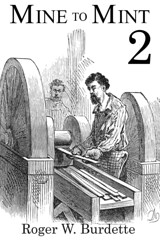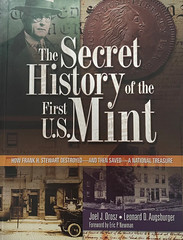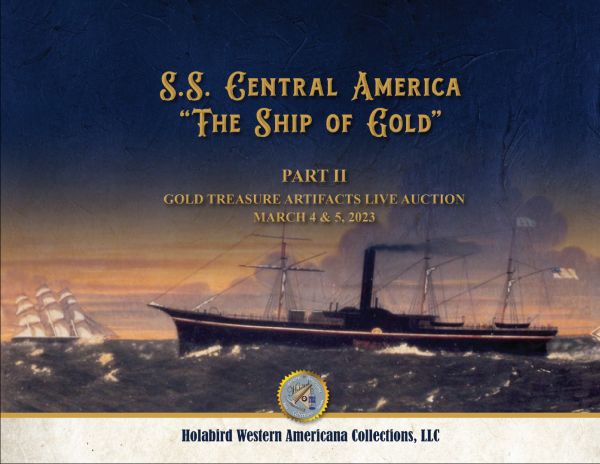
PREV ARTICLE
NEXT ARTICLE
FULL ISSUE
PREV FULL ISSUE
WHY THE FIRST MINT STAYED IN PHILADELPHIARoger Burdette published an insightful article for CoinWeek on why the U.S. Mint never moved from Philadelphia to the new capital city, Washington, D.C. The mint headquarters is there, but Philadelphia remains to this day the home of the nation's largest and most important minting facility. Here's an excerpt - see the complete article online for more information. -Editor
The history of the first United States Mint has been the subject of several numismatic books and articles, the definitive one being a 2011 book: The Secret History of the First U.S. Mint: How Frank H. Stewart Destroyed – And Then Saved – A National Treasure, by Joel Orosz and Leonard Augsburger. All of these explain the Philadelphia Mint and its problems dealing with poor equipment, insufficient and irregular bullion, and the overall decrepit conditions for man and beast. With a clumsy hodgepodge of buildings and a site intruded upon by alleys, it is somewhat confusing to try and understand why this was permitted to occur. Certainly, Thomas Jefferson, Alexander Hamilton, and others were aware of how mints in London and Paris were designed. It is difficult to believe that they seriously considered the Philadelphia Mint as a lasting facility for manufacturing the nation's coinage. Taken as a whole, the Mint resembled a country farm or a village blacksmith's shop rather than an important government office. A deeper look suggests that permeance was not part of the Philadelphia Mint's original plan. [The] location was, at the time, somewhat away from the population center along the Delaware River and was considered semi-rural. The decision to use horse power rather than water power avoided buying expensive property along the Delaware or locating the Mint on distant pasture land along the Schuylkill River. After all, this was a temporary arrangement.
Congress had previously passed the Residence Act of 1790[1], which would move the national capital to a location along the Potomac River – a place to be determined by President George Washington. The law stipulated that in 1800, all government offices would relocate to this new capital city. By late 1800, all branches of government were in the new
As the deadline for moving to Washington City approached, various obstacles arose regarding the relocation of the Mint. The most important of these are mentioned in Director Boudinot's January 1 report to President John Adams. The director made a thinly veiled pitch to the president for keeping the Mint in Philadelphia, despite the need for major repairs and the small scale of the entire operation... "This will appear in a much longer and detailed chapter in the book Mine to Mint 2 that I am currently writing. (Mine to Mint 2 is a follow-on to From Mine to Mint. The new book supplements and expands the first one and does not merely repeat content. Much of Mine to Mint 2's content comes from suggestions by collectors and hobby professionals. No publication date has been determined."
To read the complete article, see:
Wayne Homren, Editor The Numismatic Bibliomania Society is a non-profit organization promoting numismatic literature. See our web site at coinbooks.org. To submit items for publication in The E-Sylum, write to the Editor at this address: whomren@gmail.com To subscribe go to: https://my.binhost.com/lists/listinfo/esylum All Rights Reserved. NBS Home Page Contact the NBS webmaster 
|
